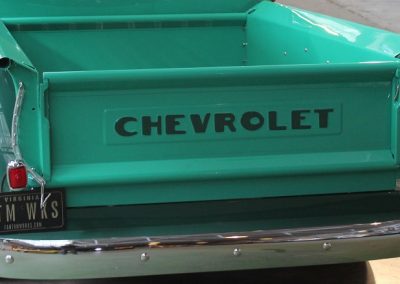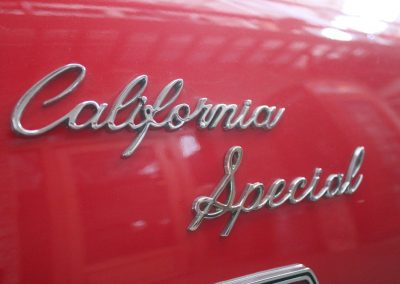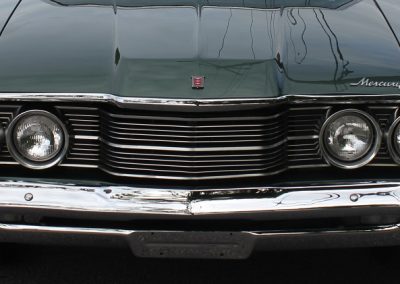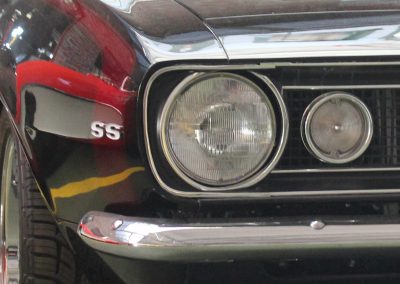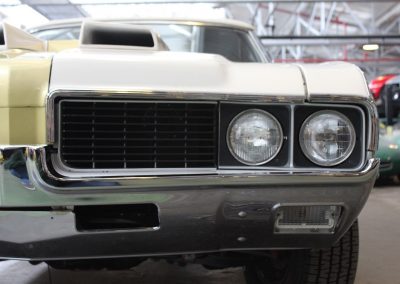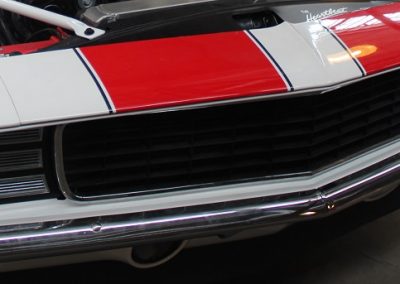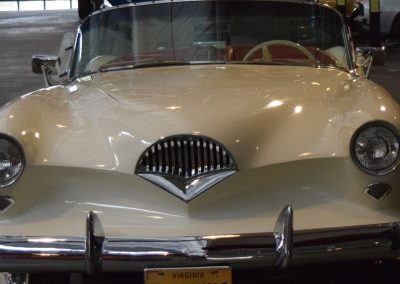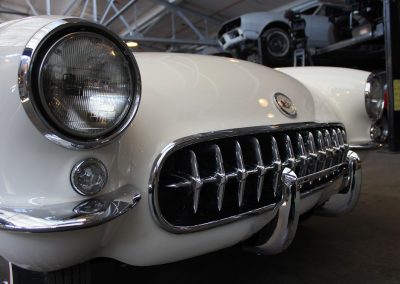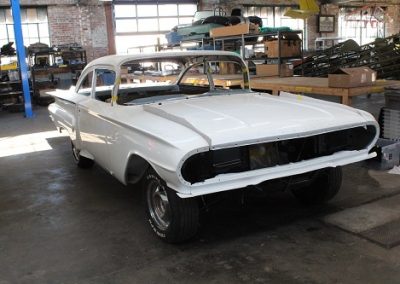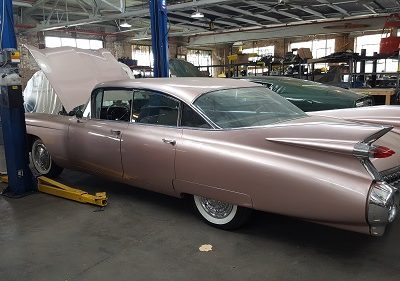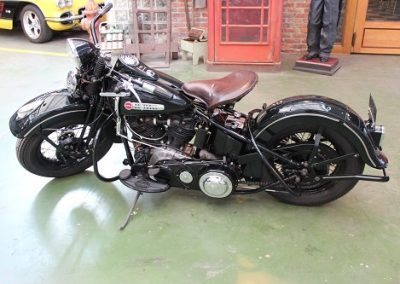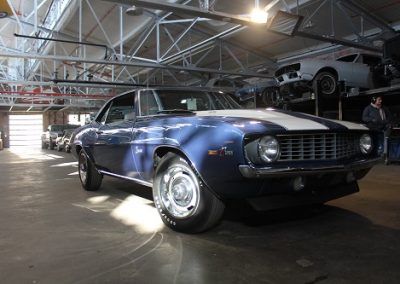1971 Datsun 240Z

As seen on Season Seven of FantomWorks
Owner Insight:
Explore the Project Galleries
Arrival
Trim & Detail
Finish
The Nissan S30 (sold in Japan as the Nissan Fairlady Z and in other markets as the Datsun 240Z, then later as the 260Z and 280Z) was the first generation of Z GT two-seat coupes, produced by Nissan Motors, Ltd. of Japan from 1969 to 1978. One of the most successful sports car lines ever produced, the trend-setting S30 was designed by a team led by Yoshihiko Matsuo, the head of Nissan’s Sports Car Styling Studio.
Seeking to compete head-to-head with established European sports cars, Datsun priced the new 240Z within $200 of the British MGB-GT in the United States, a five year-old design that showed its age. The 240Z’s sleek styling, modern engineering, relatively low price, and impressive performance struck a major chord with the public. Positive response from both buyers and the motoring press was immediate, and dealers soon had long waiting lists for the “Z”.
As a “halo” car, the 240Z broadened the acceptance of Japanese car-makers beyond their econobox image. Datsun’s growing dealer network compared to limited production imported sports cars manufactured by Jaguar, BMW, Porsche, Alfa Romeo, and Fiat ensured both easy purchase and ready maintenance.
All variants of the S30 have four-wheel independent suspension consisting of MacPherson struts in front (borrowed from the Nissan Laurel C30) and Chapman struts in back. Front disc brakes and rear drums were standard.
The 240Z used twin SU-style Hitachi one-barrel side-draft carburetors. These were replaced on the 260Z with Hitachi one-barrel side-draft carburetors beginning with model year 1973 to comply with emissions regulations, resulting in diminished overall performance. A Bosch designed L-Jetronic electronic fuel injection was added to US market 280Zs in 1975 to compensate.
Continuing through the 1975–1978 model years, other non-US markets still received the 260Z coupe and the 260Z 2+2 hatchback — the two-door, four-seat model. The S30 240Z is unrelated to the later 240SX, which is sold as the Silvia in Japan, although initial advertising for the 240SX mentioned the S30.
The 1970 240Z was introduced to the American market by Yutaka Katayama, president of Nissan Motors USA operations, widely known as “Mister K”. The 1970 through the mid-1971 model year 240Z was referred to as the Series I. These early cars had many subtle but notable features differing from later cars. The most easily visible difference is that these early cars had a chrome 240Z badge on the sail pillar, and two horizontal vents in the rear hatch below the glass molding providing flow through ventilation. In mid-1971, for the Series II 240Z-cars, the sail pillar emblems were restyled with just the letter Z placed in a circular vented emblem, and the vents were eliminated from the hatch panel of the car. Design changes for the US model 240Z occurred throughout production, including interior modifications for the 1972 model year, and a change in the location of the bumper over-riders, as well as the addition of some emission control devices and the adoption of a new style of emissions reducing carburetors for the 1973 model year.
In Japan, it was exclusive to Nissan Japanese dealerships called Nissan Bluebird Stores, and was first introduced in Japan in 1969.
The 1970 models were introduced in October 1969, received the L24 2.4-liter engine with a manual choke and a four-speed manual. A less common three-speed automatic transmission was optional from 1971 on, and had a “Nissan full automatic” badge.
In 2004, Sports Car International named this car number two on their list of Top Sports Cars of the 1970s.















